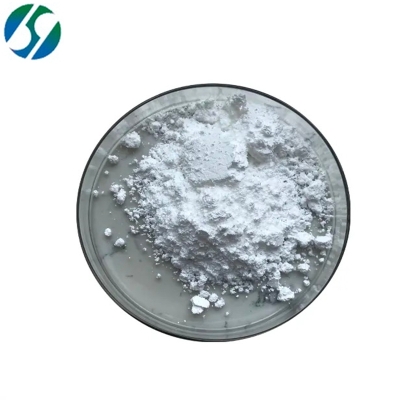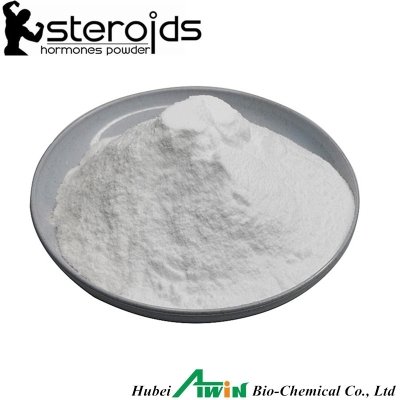-
Categories
-
Pharmaceutical Intermediates
-
Active Pharmaceutical Ingredients
-
Food Additives
- Industrial Coatings
- Agrochemicals
- Dyes and Pigments
- Surfactant
- Flavors and Fragrances
- Chemical Reagents
- Catalyst and Auxiliary
- Natural Products
- Inorganic Chemistry
-
Organic Chemistry
-
Biochemical Engineering
- Analytical Chemistry
- Cosmetic Ingredient
-
Pharmaceutical Intermediates
Promotion
ECHEMI Mall
Wholesale
Weekly Price
Exhibition
News
-
Trade Service
Obesity is an independent risk factor for cardiovascular diseases such as hypertension, coronary artery disease (CAD), stroke and heart failure
It is well known that increased visceral adipose tissue is associated with vascular inflammation and subsequent atherosclerosis
A total of 6,920 patients with ASCVD were included in this analysis from January 2010 to November 2014.
6,920 ASCVD patients were followed for a median of 2.
Multivariate Cox proportional hazards regression analysis revealed a significant positive association between waist circumference/BMI ratio and risk of MACE after adjusting for covariates (HR for increased waist circumference/BMI ratio was 1.
Multivariate Cox proportional hazards regression analysis revealed a significant positive association between waist circumference/BMI ratio and risk of MACE after adjusting for covariates (HR for increased waist circumference/BMI ratio was 1.
Neither was significantly associated with the risk of MACE (p = 0.
The obesity paradox was again observed in the present study, and when analyzing categorical BMI, the results were consistent with previous studies
The obesity paradox was again observed in this study, with overweight ASCVD patients having the lowest risk of developing MACE during follow-up
The results of this study show that the waist circumference to BMI ratio is a good positive anthropometric indicator for predicting cardiovascular outcomes in ASCVD patients, especially when the ratio is higher than 3.
Original source:
Chin-Feng Hsuan , et al.
Chin-Feng Hsuan Sci Rep.
Sci Rep.
Published online 2022 Jan 17.
doi:10.
1038/s41598-021-04650-5.
10.
1038/s41598-021-04650-5.
Leave a message here







